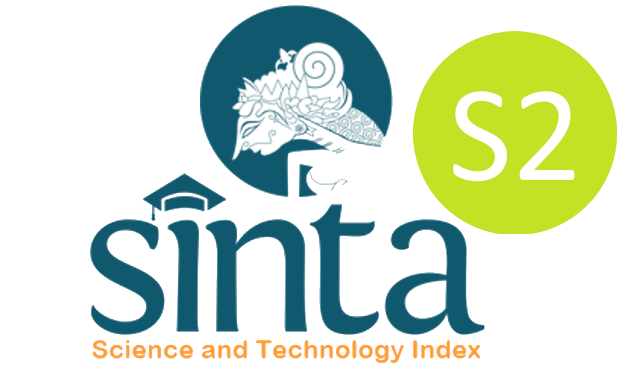Abstract
Children with hearing impairment or deafness experience cognitive function delays but not limited visual-spatial working memory, which is commonly used to solve mathematical problems. Previous studies have discovered that visual or spatial working memory in such children is different because of the communication methods that rely on vision. This study explores the visual-spatial working memory in children with deafness by measuring the memory of 70 elementary school children with deafness and identifying their communication methods through questionnaires. The questionnaires were completed by the children’s parents. The visual-spatial working memory measurement utilized the Lion Game through Zoom meetings. Consequently, it was found that there was no significant difference in visual-spatial working memory capacity in children with hearing impairment using oral, total communication, and sign language. It can be argued that in children with deafness, their visual-spatial working memory span with oral, total, and sign language communication methods have still not reached the maximum point. The use of hearing aids, popular among such children also did not significantly enhance visual-spatial working memory capacity. This research recommends parents be more attentive not only toward the communication methods of children with deafness but also to their cognitive function development.
Recommended Citation
Aprilia, Johana and Mangunsong, Frieda Maryam
(2020)
"Visual-spatial working memory span of Indonesian children with deafness inoral, total, and sign language communication methods,"
Psychological Research on Urban Society: Vol. 3:
No.
2, Article 10.
DOI: 10.7454/proust.v3i2.93
Available at:
https://scholarhub.ui.ac.id/proust/vol3/iss2/10







